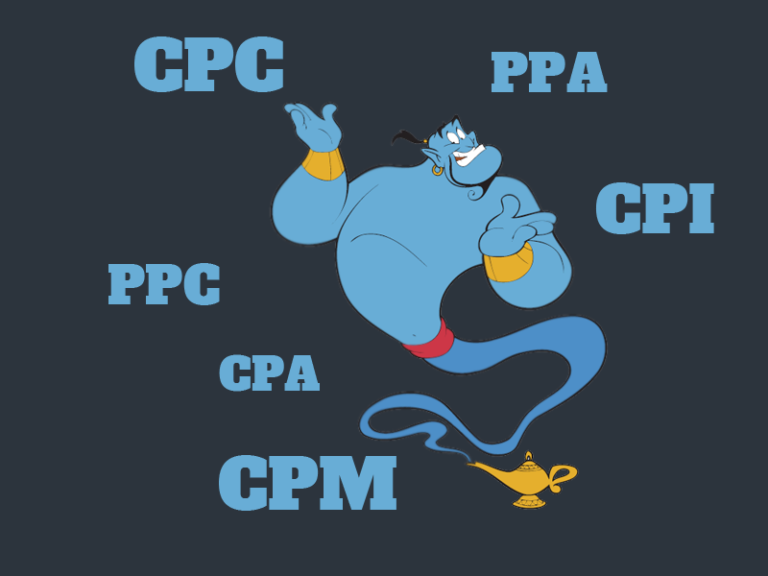 Cost Per Click/Pay Per Click
Cost Per Click/Pay Per Click
CPC/PPC – abbreviation from Cost Per Click/Pay Per Click. One of the Internet advertising models. On one hand – it ‘s the way to promote site and to attract traffic, but on the other hand – it’s the good method of direct resource monetization. It’s the price we pay for each and every user’s click. For example my very popular resource places a banner, that leads to the promoting landing page – I take money for every user’s click while you (the owner of the advertising page) get traffic. The same situation with search engines – they are working just like an owners of resources. As usual, CPC & PPC model used in content advertising, that is set on keywords.

Cost Per Impression/Cost Per Thousand Impressions
CPI/CPM – abbreviation used for Cost Per Impression/Cost Per Thousand Impressions.This term is used in traditional advertising media as well as online advertising and marketing. An impression = display of your ad to a user while viewing a web page. CPI is the cost for each potential customer who views the advertisement, while CPM is the cost or expense incurred for every thousand potential customers who view our ad. Why CPM and not CPT? Somehow was decided to use Roman numeral “M” to represent the word “Thousand”. CPC has an advantage over CPI because we can judge about the effectivity of our campaign.
 Cost Per Action/Pay Per Action
Cost Per Action/Pay Per Action
CPA/PPA – abbreviation for Cost Per Action/Pay Per Action or sometimes it’s called Cost Per Conversion – is the price the advertiser pays for completed action. It can be:
CPA as Cost Per Acquisition;
PPL as Pay Per Lead;
Downloading file;
Registration;
Filling contact form etc.

Flat rate

Bid-based rate
In Bid strategy – you always compete with other advertiser, who want to display their ad with the same keywords as you. Each of you informs the host of max. amount of your bid and all advertisers that have the same geolocation, gender, age etc. criteria compete with each other, the winner determi
ned. There may be several winners.More detailed these strategies will be overviewed later.





0 Comments